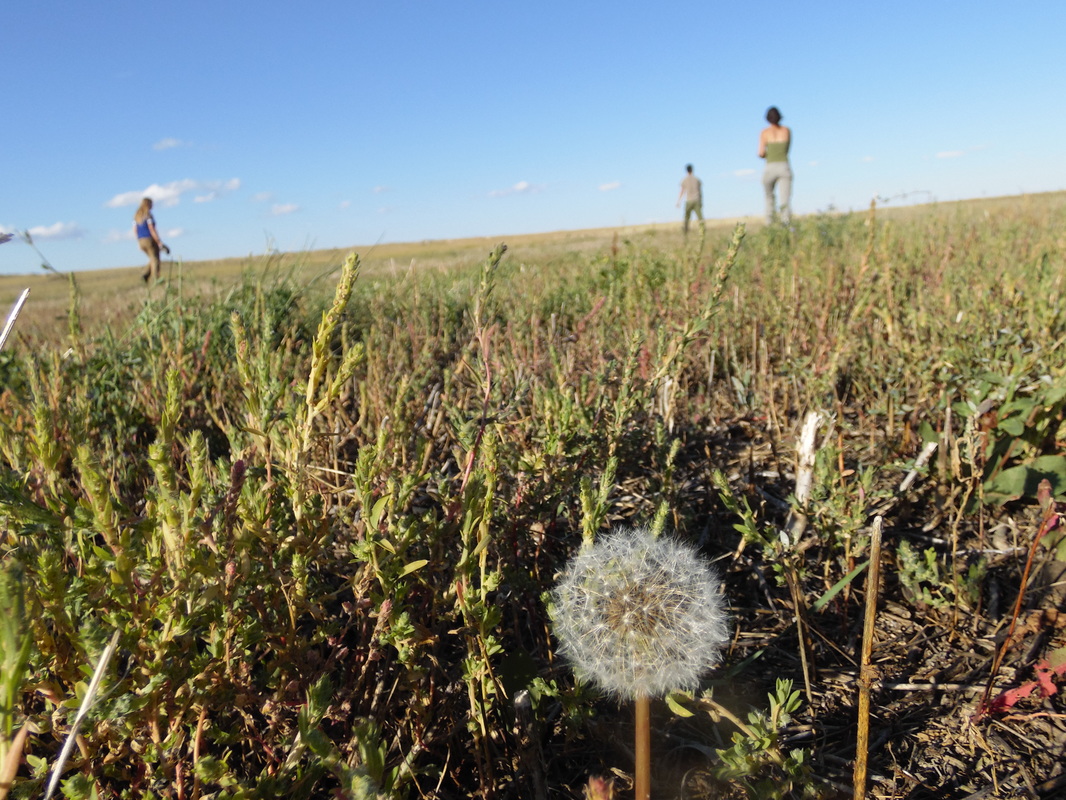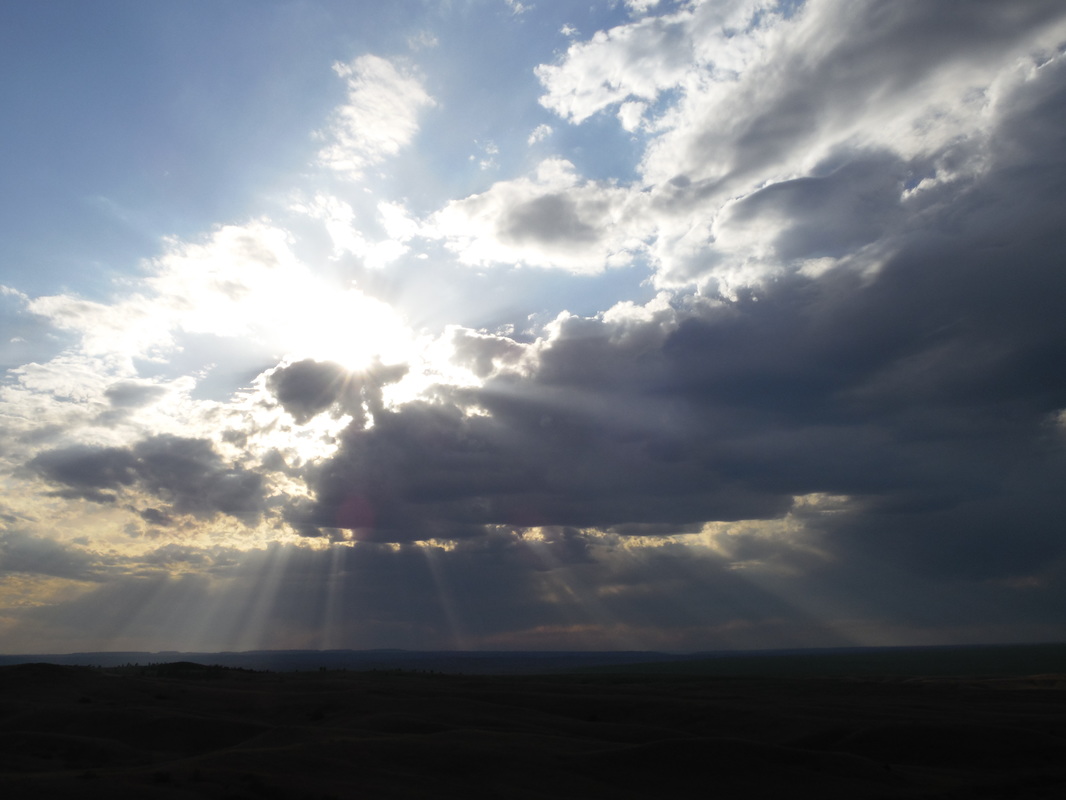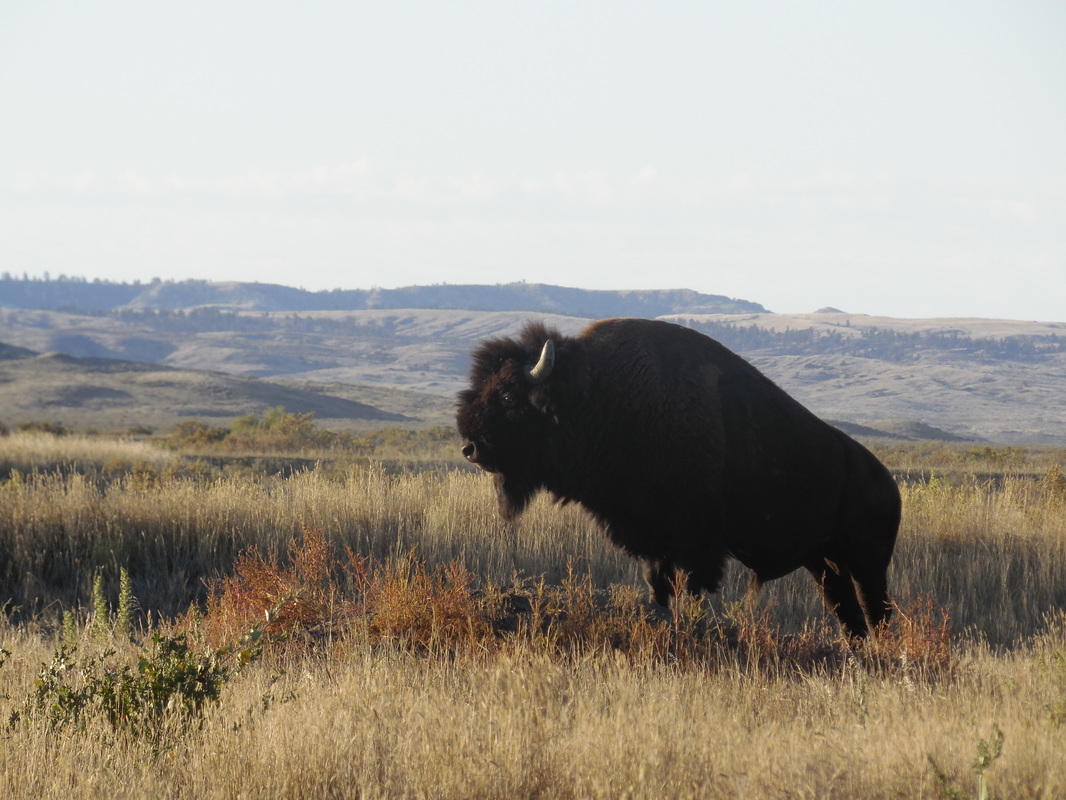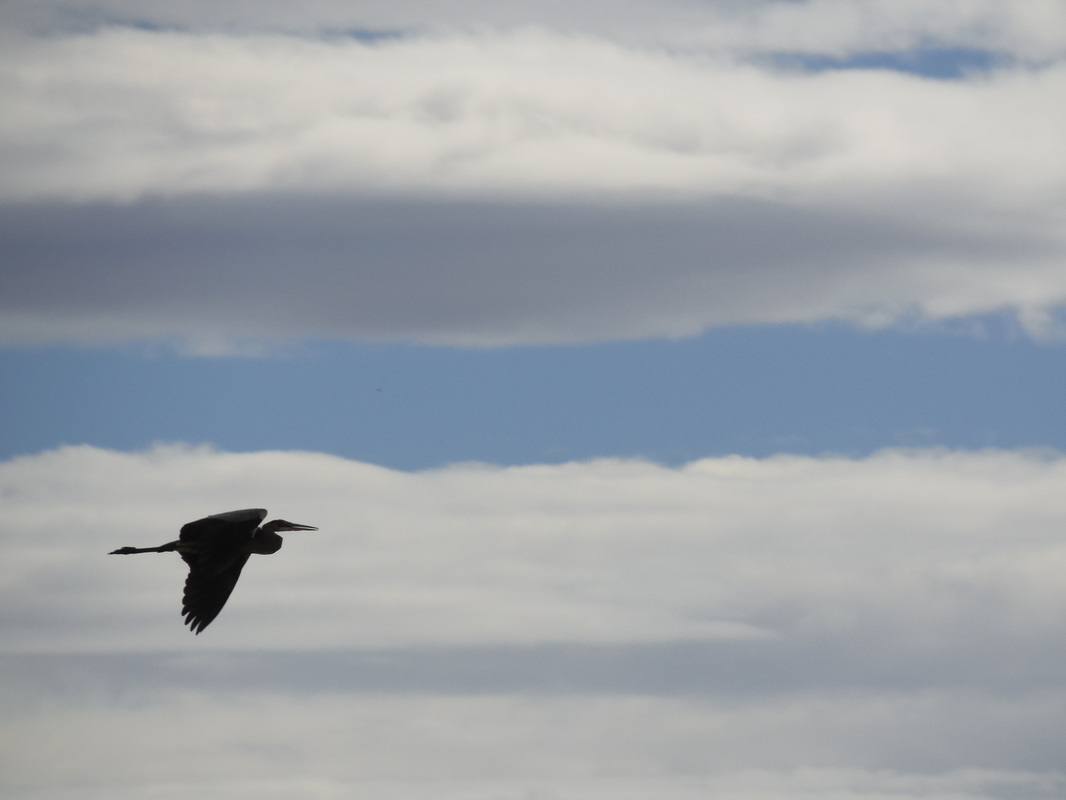ASC Landmark Crew Member
You can sense the history of the earth in this place. It’s everywhere you walk. The landscape is old; coursed and molded by massive fluvial processes millennia ago. To my South African eyes, however, the prairie is a fresh vista.
For the most part, grassland and sagebrush dominate as far as the eye can see. But here and there, an exposed shoulder of the land reveals a bank of dark soil, dotted with clumps of greasewood like the flank of a molting bison. Half-hidden watercourses wind and unwind across the plains, as if gigantic serpents laid tracks here when the world was young.
Each day boasts a new tapestry of clouds in Big Sky country. It is not unusual to see ranks of cumulus puffballs sailing across the blue expanse, an armada aimed at the distant horizon. On other days, lenticular clouds hover like alien spaceships waiting for the right moment to abduct an unsuspecting mule deer. At times the roof of the world is covered in a fathomless fog. The sun shines through sporadically, a bright coin on a smoky window, and the grassy plains take on unexpected beauty.
As I write, Husker, the chocolate-colored hairball of a hound that belongs to Reserve managers Ellen and Lars, noses into my leg in search of scratches. He is a comfort to me, a reminder of my own unruly dog back home. Husker often sneaks off to join us on bird walks, chasing voles and flushing sage grouse from the undergrowth. Closing my eyes, I can picture him bounding across the prairie, head bobbing above the tall grass, all ears and tongue and silly grin.
My fellow crewmember Dove Henry takes flight on her afternoon run, and Husker tears off in hot pursuit, a brown blur of canine enthusiasm. Suddenly a piercing whistle stops him mid-gallop. Lars emerges from the workshop a little ways off, mopping sweat from his brow and wearing an expression of mock exasperation. Husker strains after Dove as if on an invisible leash, but when Lars whistles again, the dog slinks back to the shade of his master’s pickup. He’s learning that good behavior and freedom go hand-in-hand on the prairie.
On transect hikes we find arrowheads and stone tools that belonged to Native American Indians: nomadic tribes who once wandered these plains in much the same way the Africans of old did in their homeland. Shards of petrified wood lie half-buried in low-lying areas, a reminder of nature’s shifting equilibrium. Trees are only a scattered presence on the prairie and although we are not responsible for deforestation in this environment, I still feel like we have tipped the scales in our favor on Great Plains, leaving little room for other species to flourish. Apex predators are virtually non-existent here, and while large herbivores like bison and elk are being returned to the land, it still feels as though nature is wrong-footed.
We cannot entirely go back. But perhaps we can hold up a mirror to the past—one that reflects the wildness that once was, but framed in part by our own needs for physical and spiritual sustenance. To quote the wisdom of that literary druidess, Barbara Kingsolver:
“We need to experience a landscape that is timeless, whose agenda moves at the pace of speciation and glaciers. To be surrounded by a singing, mating, howling commotion of other species, all of which love their lives as much as we do ours, and none of which could possibly care less about us in our place. It reminds us that our plans are small and somewhat absurd. It reminds us why, in those cases in which our plans might influence many future generations, we ought to choose carefully.”




